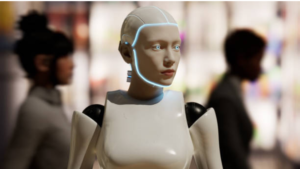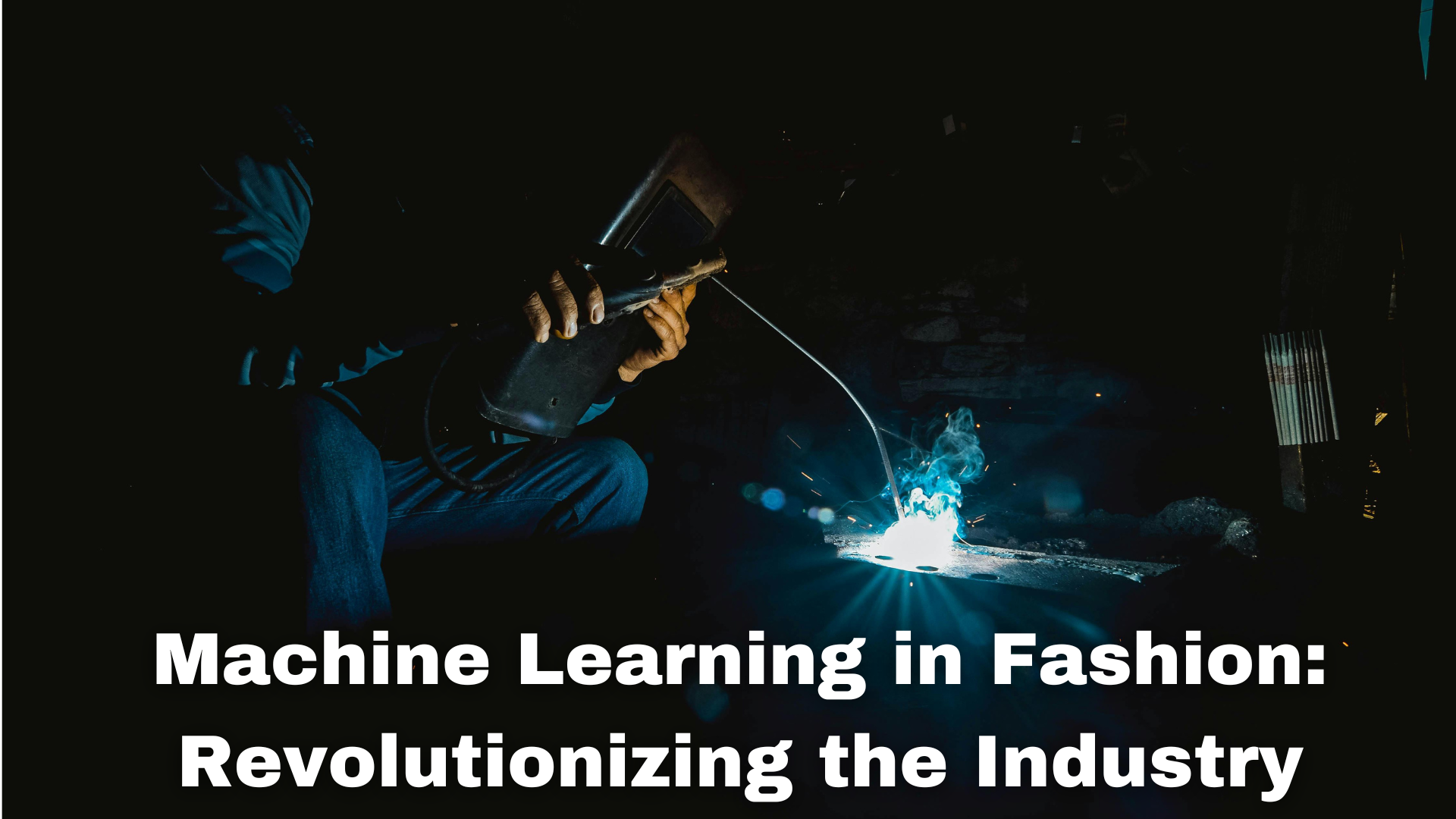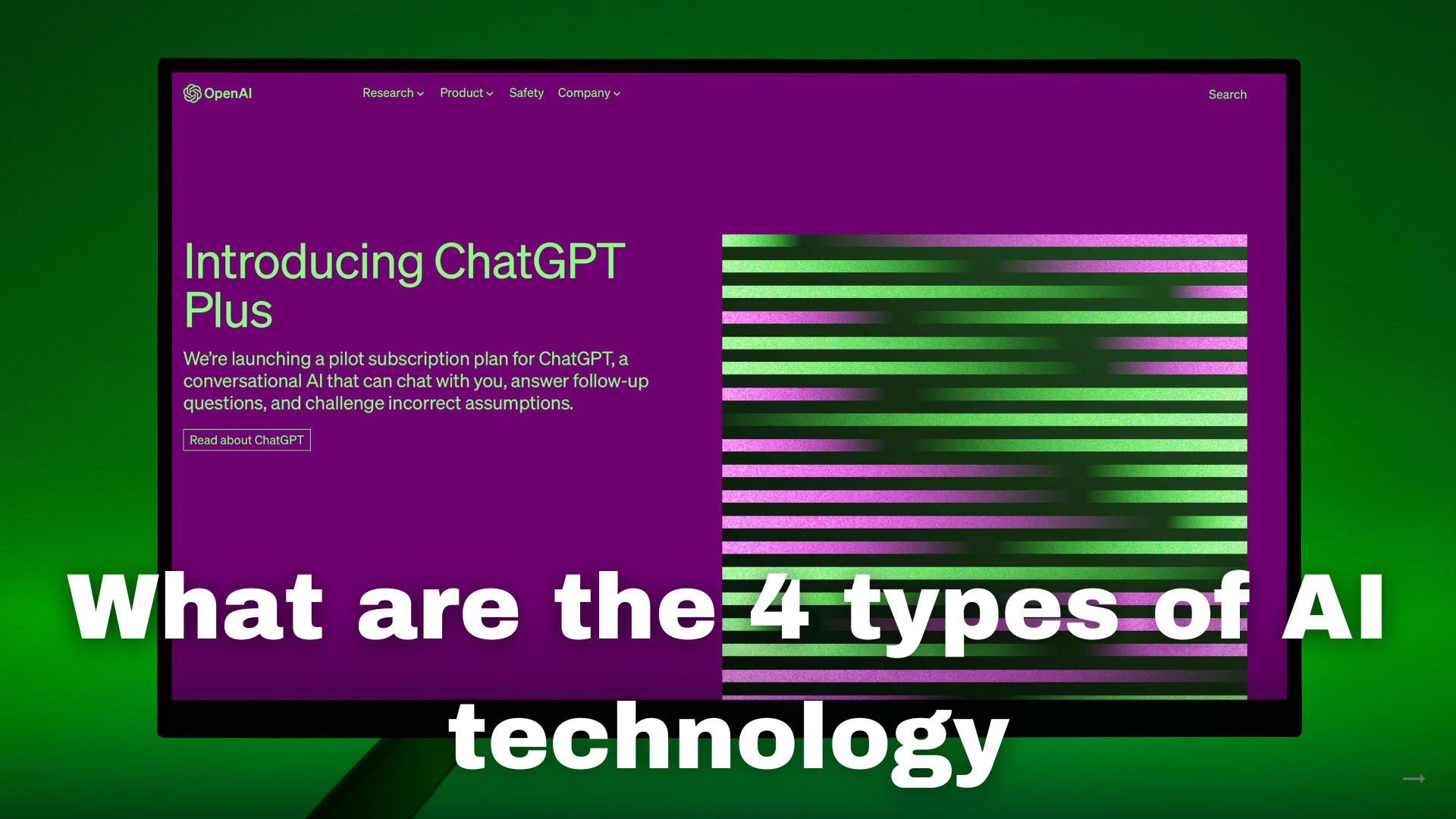Machine Learning in Fashion: Revolutionizing the Industry
Have you ever noticed how the most loved fashion brands always seem to have an idea of what you are likely to wear? How they are always on the lookout for the next possible big trend? The response lies in a very powerful technology known as machine learning. For the last two or so years, the fashion industry has adopted machine learning which changes almost everything from the design processes to the customer experience. It is now time to discuss what this means in your case.
What Is Machine Learning?
Now, before we take a look at its impact in the realm of fashion, let’s break down just what machine learning is. In simple terms, machine learning is an off shoot of artificial intelligence which allows computer systems to enhance performance with experience, by learning from data rather than through explicit programming. In other words, it allows what is called as ‘computers’ to search for relationships and make inference of large sets of data.
But how do you think such technology would work in fashion? Let us look into this.
Enhancing Design Processes
1. Predictive Analytics
For many years, foreseeing trends has been based on gut feeling and experience for designers. In this however, machine learning climbed the ladder. Machine learning is capable of examining social media, search engines, and sales data, which helps in forecasting styles, colors, and materials that will be trending. This enables designers to make collections that are likely to sell, hence minimizing losses as well as wastage.
- Example: Retailers such as H&M and Zara have deployed machine learning algorithms to trend watch their competitors. Using this information to predict consumer behavior, they then modify their styles and inventory.
2. Generative Design
Envision a tool that can invent new clothes given several characteristics such as the type of cloth or the age group it is meant for. That is the power of generative design. With the help of machine learning techniques, variations of existing designs can be generated allowing for quicker and more imaginative designs by these designers.
Benefits:
- Increased Creativity: Designers can explore more options without starting from scratch.
- Time Efficiency: Time effective design processes bring about faster introductions of new design collections.

Revolutionizing Retail and Consumer Experience
3. Personalization
One of the most exciting applications of machine learning in the world of fashion is personalization. Have you ever noticed how online shopping platforms seem to know what you like? It’s because of machine learning algorithms analyzing your shopping history and browsing behavior.
- Personalized suggestions: Further applications of machine learning can be found in stores like Amazon and ASOS, offering personalized suggestions for what one likes, personally. It is not just a great shopping experience, but also benefits conversions.
4. Visual Search
Why bother with typing stuff in search boxes anymore! Thanks to machine learning, visual search technology has been developed whereby consumers can upload images displaying a product and instantly receive matching ones. This technology is changing the way all of us go on shopping over the Internet.
- How It Works:
- You take a photo of your best-liked attire.
- The algorithm processes the photo and retrieves looks that can be bought in stores that look similar.

Streamlining Supply Chain Management
5. Demand Forecasting
Design and consumer experience are not the only areas of application of machine learning, it is also an essential part of supply chain management. With the use of historical sales data and other determinants such as weather and social trends, machine learning can allow for demand forecasting with great success.
Advantages:
- Eliminated Overproduction Possibility: Companies are able to avoid making more stock than necessary which in turn leads to wastage.
- Saves On Costs: Improved accuracy in forecasting results to better distribution of available resources thus reducing costs.
The Future of Fashion with Machine Learning
It is obvious that as machine learning progresses, so will its use in fashion. Picture this for instance, a virtual fitting room where wearing the dimensions and preferences of the customer, machine learning provides the right suggestions on the right sizes and styles to wear.
However, while the advantages are obvious, one must also address the ethical issues. Due to data protection issues, as well as the risk of discriminatory practices from the algorithms developers, the fashion world faces an uphill task.

Final Thoughts
In recent years, machine learning has transcended being a mere marketing phrase; it has positively impacted the fashion sector. The technology is modifying how we experience fashion, from improving design processes to tailoring every consumer’s experience. So, the next time you go shopping or look through fashion content do not forget that very persuasive algorithms are doing their job in order to enhance your experience.
Should I ask you about your feelings regarding the use of machines learning in fashion? Now imagine how this would change the way you shop in the years to come? The journey has only begun, and it’s going to be a very interesting one!
Important Link
- Who is the owner of OpenAI
- What is AI chat GPT?
- What are the 4 types of AI technology
- How is AI being used in higher education
- AI in the Metaverse
- 10 Great Machine Learning and Artificial Intelligence
- Healthcare and Medical Diagnostics
- How AI is Reducing Costs in Healthcare
- Artificial General Intelligence in Healthcare
- AI in Autonomous Vehicles
- Best AI Apps for Language Translation in 2024




